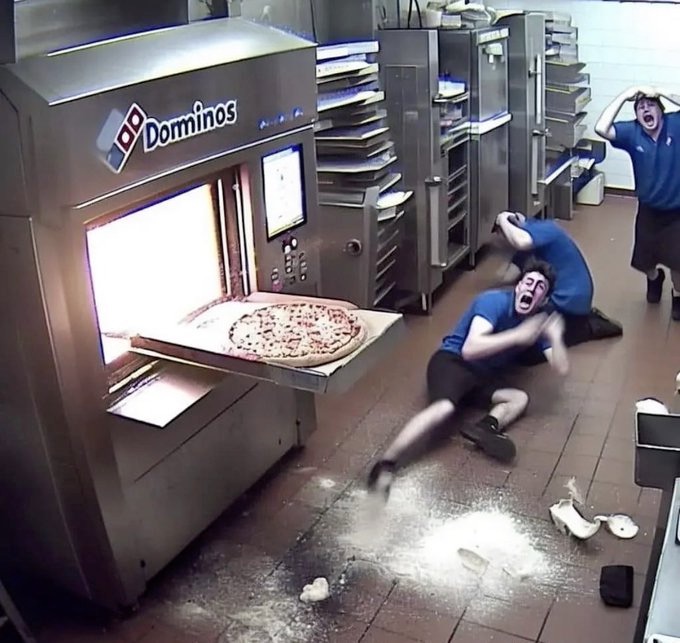EDITOR’S NOTE: I’m on an annual blogging vacation for the last two weeks of the year. To make sure you still have content, some of the smartest members of the community have stepped up with guest posts in my absence. Special thanks to today’s author, a churning-FIRE sage and podcaster extraordinaire, Kai from The Daily Churn Podcast, for writing this post while I’m on vacation. I’ll see you on January 1!
As the new year approaches and things slow down for the holidays, I’ve been reflecting a bit on the blessing and curse of being an optimizer. I think many of us, particularly churners, love to optimize. We optimize our travel, our miles earned, our points burned, for first class flights, five star hotels, and cashback at almost zero cost. What’s not to love?
Society also loves optimizers. Improve efficiency, get promoted. Launch a startup, get rich. Work smarter. Hustle harder. Eat healthier, live longer. Hack your workout, your morning routine, your relationship, your life.
Nothing builds a habit faster than an activity that produces tangible results. Encounter problem. Find optimal solution. Release dopamine. Rinse, repeat.
Do anything a thousand times, and it’s no longer an activity you do. It’s a part of who you are. There are worse things to be than being an optimizer. In fact, family and friends probably love your optimizing. You help them optimize their vacations, their finances, their diet. It feels good to help others.
Your partner, roommate, or cat might be the only one who sees the other side of the coin.
They see you spend three hours researching the best pillow for stomach sleepers, cross-referencing amazon reviews with Wirecutter recommendations, checking slickdeals and camelcamelcamel for historical lowest prices, cashbackmonitor for the highest portal rates, cardpointers for active credit card offers, retailmenot for coupon codes.
They see you spend days on the phone chatting with customer service to figure out the ins and outs of their award booking system, so you can secure first class tickets for you and your friends.
They see you spend weeks working on a bot to automate thousands of micro-transactions to take advantage of interchange arbitrage opportunities on a few niche fintech platforms (only to see it die before you could really scale it up, sadface).
They also see that year by year, despite everything in your life becoming more optimal, you still spend just as much (often more) time optimizing.
That is the optimizer’s curse.
There are an infinite number of things to optimize. There is no end. After all, stopping short of optimizing everything would be, well, sub-optimal.
Optimizers trend towards maximization. I mean, what kind of wildebeest would you have to be to quit halfway, to buy a pillow before reading the negative reviews, to manually perform a thousand micro-transactions, to leave award availability to pure chance?
But more and more, I see the value in satisficing. The idea of being satisfied with good enough. The middle ground between doing nothing and optimizing everything.
If you’ve ever had to suffer through corporate indoctrination (or took biology), there’s a principle you may be familiar with. It’s the Pareto Principle – 20% of the work often yields 80% of the results. Viewed another way – you spend 80% of your time squeezing out the last 20% of the juice.
My inner optimizer hates this rule. But there is no denying its truth. If I had just blindly bought the best pillow recommended by Wirecutter, it would have taken me ten minutes tops. I would have been perfectly satisfied. I would have saved myself almost three hours of research.
But in the moment, it felt good to maximally optimize all the way to 100. Optimizing puts me in flow state. Time slips away. One minute it’s morning and I’m at my desk sipping green tea. I blink and it’s the afternoon. I have four different browsers open, I’m thirty tabs deep into a reddit rabbithole, and I’m VPNing into Dallas for some reason.
And therein lies the true cost of being an optimizer. Lost time. Time you could have spent with family. With friends. Time you could have spent on your hobbies. On picking up a new hobby. Time spent hanging with your partner, your kids, your pets. Maybe time you could have spent finding a P2.
I’m the best at ignoring this cost. There’s so many ways to justify it. This is saving me money. This is making me money. We’re going on an amazing vacation. My partner loves nice hotels. I love flying first class. I’m helping a friend. I’m helping my parents. I don’t mind doing it. This is a buy-it-for-life [insert item].
Some days, my phone blows up not from texts or calls. But from reminders I set myself days, weeks, months, sometimes even years ago. Reminders for things I need to do to stay on top of my optimizations. Cards I need to cancel, offers I need to redeem, money I need to transfer, calls I need to make, deliveries I need to skip, subscriptions I need to pause, refunds I need to follow-up on, bonus deadlines I need to stay on top of, new opportunities I need to try.
Opening my Google Keep can feel like entering a warzone… duck, swipe, ignore, defer, reschedule for next week. Phew, made it out in one piece.
We optimize to improve our tomorrows, often at the cost of todays. How many vacations have you sat in your hot tub on the balcony of your top-floor oceanview suite, waves lapping at the beautiful beach below, laptop perched precariously on your knees to avoid water from the damn hot tub and glare from the damn sun, as you “quickly” check your email, scroll your blogs, post a pic of your suite to your group chat, while the latest episode of Huberman plays in the background?
Oh you’ve never done that? Cool cool, me neither.
There is always a tomorrow to optimize for. Until one day, there isn’t. You’ll lay on your deathbed, and if you’re lucky, be coherent enough to reflect on your life. Will that time you won 25 stars playing the starbucks game flash before your eyes? Or that free award flight to Lubbock? How about those pillows?
What will flash before your eyes? Maybe we could spend more time doing that.
So this holiday season, I’m advocating for being a little less optimal. To put in 20% of the effort for 80% of the results. To let go of opportunities that aren’t worth your time. To maximize less. To do less. To free yourself from your reminders, your calendar, your self-imposed mind palace of deadlines and commitments. To break the optimizer’s curse through satisficication. Satisfition. Satisfiction? Whatever, good enough.
– Kai from The Daily Churn
This dog is, uh, satisficed with the pillow.









